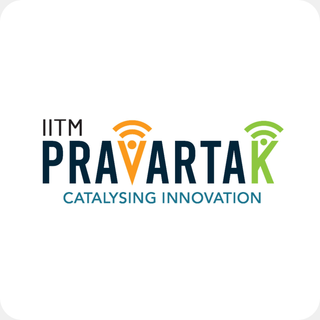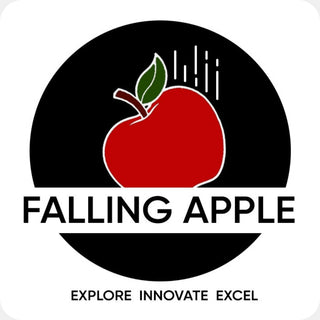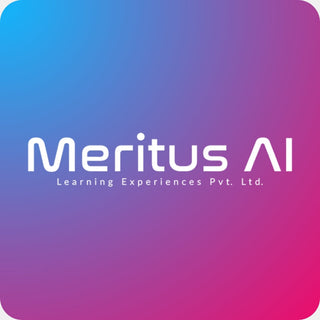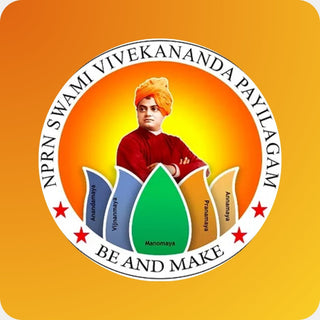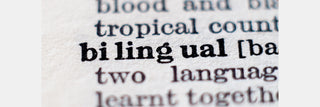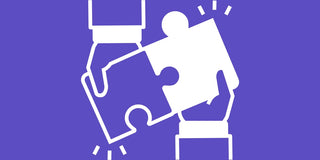A study found that 30% of graduates feel college didn’t prepare them for the real world. It is quite astounding considering the importance we place on college education. This can largely be attributed to the fact that our education system places greater emphasis on theory than practicals. As a result, students suffer when the transition from university to a job occurs, as the latter requires real-time conceptualization and execution.
As parents, this will make you wonder if there is any way out - yes, there are a few practices your children adopt to make the transition relatively smoother. Let us explore one of the most crucial parts here, i.e., inculcating a love for experiments at a young age. This will come in handy when they become adults as they will not fear exploring uncertainty and formulating inferences. A bonus is that holidays allow for extra time to be spent on these activities that will be beneficial for children.
1. Balloon rocket experiment:
This is the simplest experiment and a great one to engage your child with, as they begin to dip their toes and try new activities. It starts with inflating a balloon wherein you can ask them to use an air pump to fill the air. They may not accomplish the task on the first try, so let them fail a couple of times until they figure out the right way. After that, let them stick the balloon with tape, arrange two chairs separated by a short distance and attach a string. Ensure that they secure the balloon to the string with a straw and let out the air from it. Let them observe how it travels along the string. You can further expand their understanding by explaining how air leaving the balloon drives it in the reverse direction. You can introduce the idea of Newton’s Third Law of Motion, which is illustrated in the demo.
2. Rainbow in glass experiment:
Did you know that you can create a rainbow in glass? The method to create it is rather simple and mainly needs water and a mirror. Make them fill a glass with water until the three-quarters mark and keep a mirror behind the glass. Let them add a few drops of food colour and some vegetable oil to the water and observe the change - the colours separate out leading to the rainbow effect. This will give them an opportunity to learn about colour separation and reflection.
3. Homemade lava lamp experiment:
Instruct children to take a plastic bottle and add water, ensuring it is not poured to the brim. For the next step, they should pour vegetable oil until it reaches the rim. Let them add food colouring to the mix and put an Alka-Seltzer tablet into it, which will cause it to have bubbles and fizz. They can observe and learn how water and oil react with each other and release carbon dioxide as a result. This causes a captivating lava lamp effect due to the soaring and sinking action of the bubbles.
4. Creating electromagnets:
Guide children to take a copper wire and make them wrap it tightly over a nail many times leaving some wire on both sides. Assist them in joining both ends of the wire to the two terminals of the battery. This arrangement turns the nail into a magnet with similar properties. They can test the property of magnetism with small metal objects and paper clips, this will aid them in understanding the concept well.
5. Floating egg experiment:
Children must fill up a glass with water until the halfway mark. After that, let them place an egg in the glass of water and observe if it floats or sinks. Then, they need to take it out, add a generous amount of salt to the water and stir well. Now, they must put the egg in the glass and check, else they will need to keep adding water until it floats. Finally, they should pour some freshwater until the brim of the glass and refrain from mixing plain water and salt water. This causes the egg to float between fresh water and salt water. Thus, you can help them grasp the concept of density, i.e., the egg floats because it is denser than the salt water and adding salt to the water increases its density, eventually causing the egg to float. The last step of adding fresh water causes the egg to float on top since the former has lesser density.
6. Invisible ink experiment:
This is done with the help of a lemon where the first step is to extract the juice from the lemon fully into a bowl. Let children take an earbud and use one end as a pencil to write anything they want on a piece of paper and allow it to dry. Identify a source of heat and help them bring it near the paper. They will observe how the ink magically appears on the paper. The concept behind this is that lemon juice is made of acids, water and sugar and diluting it makes it clear and invisible. However, introducing heat causes oxidation of the sugars due to reaction with oxygen present in the air. Another thing that happens is that the acid component of lemon juice reacts with the fibres in the paper to make more sugars, which ultimately transforms to brown in the presence of heat.
Do remember that the above experiments must be performed under adult supervision. Assist your children in execution and support them in comprehending inferences. This will go a long way in nurturing a love for experimentation and training them to thrive in uncertainty, which will be of great use in their learning journey. Make the best use of holidays and witness them become little science wizards.



